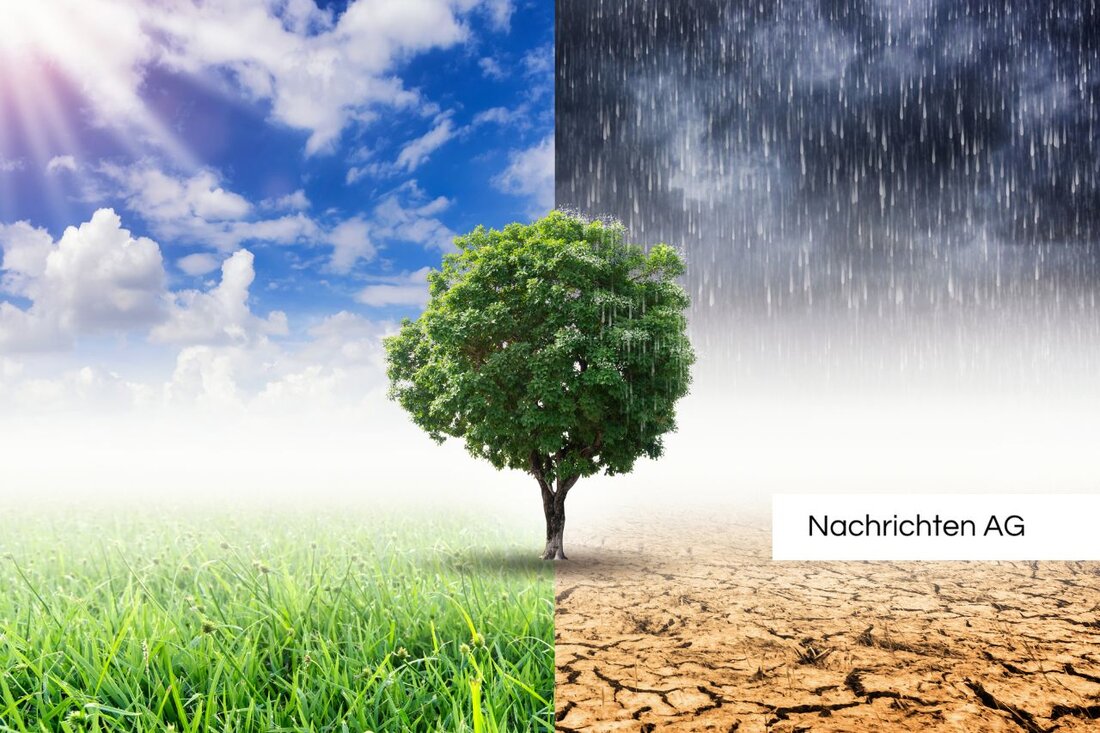Austria's flood of plastic: 2.5 million disposable cups in the trash every day!
Austria throws 2.5 million disposable cups a day. The Federal Environment Agency reports measures against plastic waste.

Austria's flood of plastic: 2.5 million disposable cups in the trash every day!
In Austria, alarming 2.5 million dispatch cups are thrown away, which corresponds to about 30 cups per second. This number is part of the pressing problem of plastic waste, which affects not only Austria, but all of Europe. According to a report by the Federal Environment Agency, it is analyzed in various European countries which measures successfully contribute to reducing disposable plastics.
The report also demands clear measures for Austria. The recommendations include binding reduction goals and financial incentives to promote the switch on a multi -way. Barbara Stoifl, ABFALLPPERTTAR in the Federal Environment Agency, emphasizes that clear guidelines are needed to make a real change.
international examples of reducing plastic waste
The inspiring approaches are the measures in other EU countries. Portugal has set itself the goal of reducing the consumption of disposable packaging by 90 percent by 2030. In Ireland, an additional fee is charged on disposable cup, known as the "Latte Levy". In addition, larger companies in Germany are obliged to offer reusable alternatives. These examples illustrate the need for communal efforts to reduce plastics.
In addition, cooperation with gastronomy, trade and delivery services is emphasized in order to support the switch to reusable solutions. Target groups are both political decision -makers and companies and consumers.
EU-wide initiatives and challenges
The European Union has set itself the goal of combating the growing plastic waste. An EU strategy for plastics presented in 2018 is striving for all plastic packaging to be reused or recycled by 2030. In order to get closer to these goals, the ban was introduced by disposable plastic in 2019. These accompanying measures are part of a comprehensive plan to reduce microplastics and packaging waste.
In 2022, each person in the EU produces an average of 36.1 kg of plastic packaging waste. Only about 14.7 kg per person are recycled. This shows that there is still enormous potential for improvement in the area of recycling. Between 2012 and 2022, the volume of plastic packaging waste increased by almost 8 kg.
outlook for the future
It is essential that Europe promotes circular and climate -friendly solutions in dealing with plastic waste. It is estimated that 19 to 23 million tons of plastic, rivers and oceans, which causes serious environmental problems, have an estimated. In 2023, the EU exported around 1.3 million tons of plastic waste for treatment in countries outside the EU. The reasons for this are missing capacities and inadequate technologies for local treatment.
The plastic value chain in the EU causes massive CO₂ emissions in addition to considerable environmental damage. Forecasts show that emissions from the life cycle of plastics could triple by 2060 if no measures are taken. This makes the need for efficient strategies to combat plastic waste.
The current situation in Austria and Europe once again illustrates that effective measures to reduce plastic waste are urgently needed. A more sustainable future can only be achieved by rethinking and acting together. According to dolomitenstadt.at Parliament] (https://www.europarl.europa.eu/topics/de/article/20180830sto11347/die-massungen-der-fur-kunststoffmull-in-uropa), and other initiatives that can serve as a model.

 Suche
Suche
